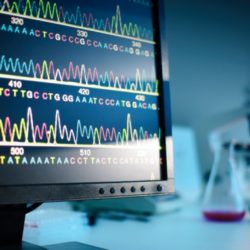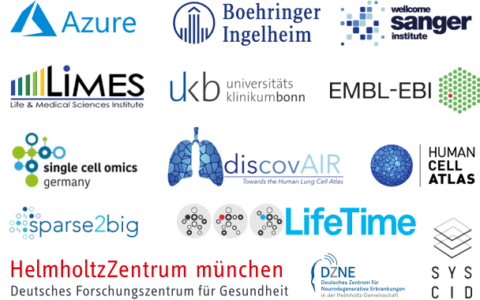FASTGenomics: End of beta phase
FASTGenomics has ceased its freely available services as of 30.06.2024.
Thank you for your interest in and use of FASTGenomics – the online collaboration analytics platform for single-cell genomics.
Thanks to the large community, we have been able to develop the platform over the last few years into what it is today: a platform for research collaborations that was always free of charge for academia.
FASTGenomics is a research project of Comma Soft AG and the LIMES Institute of the University of Bonn, funded by the federal government and Comma Soft AG. As such a research project, we are required to enter a commercialization phase after the successful development phase. This time has now come:
The beta phase has now been successfully completed, which means that we will no longer be able to provide the use of our scalable analysis clusters and data hosting free of charge but only in paid collaborations.
Therefore, the service at beta.fastgenomics.org is no longer available. Existing accounts, analysis, and data have been deleted as announced.
If your organization is interested in a license or your own FASTGenomics instance, please contact us. Please note that we cannot issue individual licenses, but can only discuss organization-wide licenses.
We are of course also available for questions about research cooperations or suggestions.
The FASTGenomics Team







